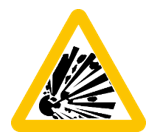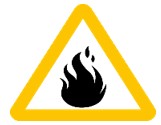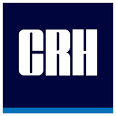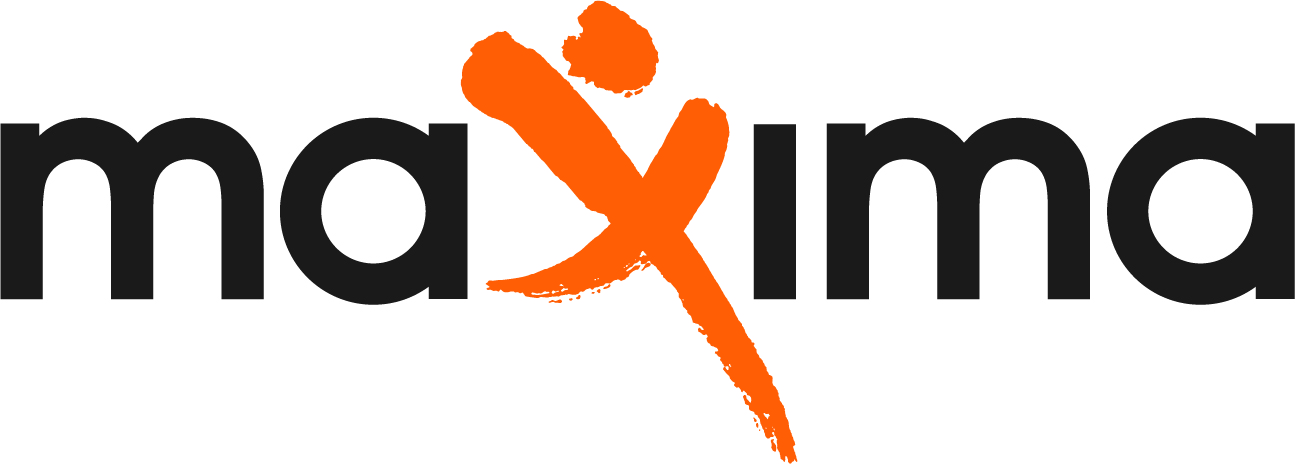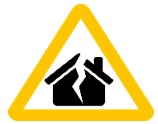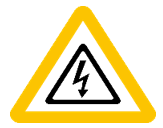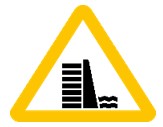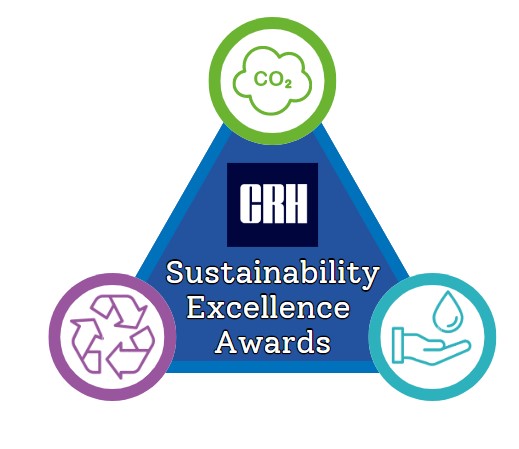Title Page
-
Site conducted
-
Conducted on
-
Prepared by
-
Location
Risk Category Standard - Working in confined spaces
Responsibilities
-
Who is the Risk Owner of this risk category?
-
Who is the Control Owner of the risk category?
-
Who is the Risk Executer of this risk category?
-
Who is the Task Executers of this risk category?
Competencies
-
Is the Risk Owner trained and competent to manage this risk category?
-
Is the Risk Control Owner trained and competent to manage this risk category?
-
Are the Risk Exacters trained and competent to manage this risk category?
-
Are the Task Executers trained and competent to manage this risk category?
Appointments
-
Is the Risk Owner appointed to conduct his/her duties? (WAH Planner, risk assessor.....)
-
Is the Risk Control Owner appointed to conduct his/her duties? (WAH Planner, risk assessor.....)
Risk Management Requirements
-
Has the respective risk assessment for the task (IBRA, TBRA) to identify the risks and precautions to be implemented been conducted?
-
Has a detailed rescue plan and fall arrest plan as per risk<br>assessment been completed?
-
Ensure that a Permit to Work has been issued before work commences.
-
Ensure Train and authorise permit issuers, acceptors and Full-time Standby Person (FSPs) to be competent for work in confined.<br>spaces.
-
Ensure that anyone who will enter the confined spaces do not<br>have any medical conditions such as claustrophobia (fear of<br>confined spaces) or acrophobia (fear of heights).
-
Refer to the Working at heights and High-risk machinery and<br>equipment risk category standard if the confined space work<br>includes anything relevant
Conduct Positive Isolation
Mechanical or electrical equipment, pipes and ducts and any other equipment linked to the confined space, must be positively removed or isolated:
-
Blanking or physical disconnection of connected pipes.
-
Valves must be locked, if not fitted with a locking facility a lockable chain must be used.
-
Electrical equipment must be isolated at the isolation point e.g. motor control center (MCC) and locked out.
-
Testing for zero energy by trying to start the equipment: it is the point at which the machinery or equipment has no potential movement or energy flowing to or from it and cannot cause harm is done.
-
Are suitable drawing available for identifying all connections, spool pieces, valves and blanks?
-
Have all persons involved must place their own locks on the lockout device/s? LOTO = Lock Out Tag Out.
-
Has cleaning, draining, venting, decontaminating, purging, or neutralizing of the confined space been conducted before the task starts?
Ensure the testing of the effectiveness of safe making by:
-
Conducting checks to ensure isolation is effective.
-
Verifying effectiveness by trying to start and operate the equipment.
-
Conducting air quality monitoring to declare the confined space safe for work (refer to 6.3 Atmospheric Testing and Monitoring control standard).
Applying Proper Ventilation
-
Ensure adherence to the specific ventilation requirements from the risk assessment and Permit to Work for the task at hand. These may include creating sufficient openings(e.g. manholes) to allow easy ventilation or making use of mechanical ventilation equipment (e.g. fans).
-
Ensure the installed ventilation equipment for the confined space is tested for effectiveness beforehand.
Ensure the effectiveness of the ventilation system is monitored during the task execution by:
-
Monitoring the air quality inside the confined space.
-
Monitoring the temperature inside the confined space to be suitable<br>for safe work.
-
If the confined space contains an unsafe oxygen level and unsafe levels of airborne contaminants, appropriate specialised respiratory PPE must be used, which may include Positive Air Supply Systems or Self containing breathing apparatus systems for safe work
Conduct Atmospheric Testing and Monitoring
-
Initial atmospheric testing or monitoring must be done prior to entry.
-
The gas monitor or meter must be suited to the specific gasses associated with the confined space and must be calibrated.
-
Confined space atmospheric testing must be carried out by a competent person using calibrated equipment.
-
The atmospheric testing must be a representative sample of the atmosphere inside the confined space (i.e. test from top to bottom/left to right).
-
The concentration of any flammable gas, vapour or mist in the atmosphere must be below the Occupational Exposure Limit (OEL) or as per in-country limits.
-
Maintain safe oxygen levels, between 19.5% — 23.5%.
-
Atmospheric testing must be done continuously or periodically as per risk assessment and permit requirements.
-
Exit the confined space immediately if any gas monitor or meter alarm sounds or if instructed to do so.
-
The atmospheric testing results must be logged as prescribed by the Permitto Work requirements.
Full-Time Standby Person (FSP)
The FSP must:
-
Be a competent and authorised person.
-
Be dedicated to remain outside the confined space for the durationof the task.
-
Have continuous line of sight of the people inside the confined space,<br>where possible. If not possible, use other means of communication<br>available e.g. radio communication.
-
Record the people going into and out off a confined space.
-
Ensure adherence to conditions as per permit requirements.
-
Monitor conditions within and/or outside the confined space by observing the work being carried out, if possible, without exposing him/herself to the hazard.
-
Have an easy, effective way of initiating an emergency response (e.g. radio,cell phone) if needed.
-
Understand the nature of the hazards of the specific confined space.
-
Have all the required rescue equipment available, readily set up andbe able to manage a rescue immediately
-
Never enter a confined space to rescue a person.
In cases of multiple entry points or openings:
-
Every entry point must have an FSP; or
-
Access to unmanned or unattended confined spaces must be prevented by means of physical barriers such as crossbars.
-
Where multiple man-holes are open on one vessel, use electronic surveillance cameras where possible.
